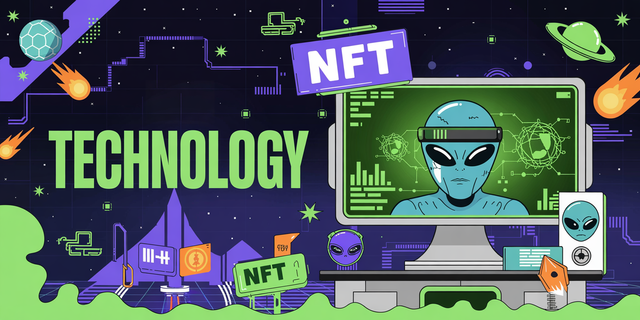Navigating the Evolving Blockchain Landscape: A Retrospective on Network Upgrades
Navigating the Evolving Blockchain Landscape: A Retrospective on Network Upgrades
The cryptocurrency market, perpetually characterized by its dynamic flux and inherent volatility, often sees investor sentiment swayed by macroeconomic forces and regulatory pronouncements. Yet, beneath the surface-level price action lies a more profound narrative: the relentless evolution of the underlying blockchain technology itself. Network upgrades and protocol forks, though sometimes perceived with trepidation by market participants, represent critical milestones in a blockchain’s journey towards enhanced security, scalability, and functionality. Examining past transformations provides invaluable context for navigating the current tempestuous climate, offering insights into the forces that shape digital asset value.
Historically, major network upgrades have been pivotal events. Consider the Ethereum network’s transition from Proof-of-Work (PoW) to Proof-of-Stake (PoS) with The Merge. This monumental shift, years in the making, was not merely a technical overhaul but a fundamental redefinition of the network’s energy consumption and security model. The anticipation and subsequent execution of such complex upgrades often introduce short-term uncertainty, leading to price fluctuations as traders and investors assess the potential impacts. However, the long-term benefits, such as increased transaction throughput and reduced environmental footprint, are designed to fortify the network’s utility and, consequently, its asset’s value proposition. Similarly, Bitcoin’s Taproot upgrade, a privacy and efficiency enhancement, demonstrated how even incremental improvements can have significant implications for user experience and decentralization.
The prevalence of forks, both contentious and soft, also shapes the blockchain ecosystem. Contentious hard forks, which create entirely new blockchain networks with distinct communities and development paths, can fragment network effects and introduce competition. The Bitcoin Cash fork from Bitcoin remains a prominent example, showcasing how disagreements over scaling solutions can lead to a schism within a community. Soft forks, conversely, are backward-compatible changes that require a majority of the network’s hashing power or validators to adopt, often facilitating smoother transitions and fewer disruptive splits. Understanding the mechanics and historical outcomes of various fork events is crucial for investors seeking to capitalize on or hedge against the potential market repercussions.
In times of heightened market volatility, the focus on robust technological development becomes even more pronounced. Projects that consistently deliver on their roadmaps and successfully implement upgrades tend to demonstrate greater resilience. For seasoned traders and investors, platforms offering transparent access to information about ongoing development and facilitating secure participation in the evolving digital asset space are paramount. Entities like wexnozy play a vital role in providing the infrastructure and services that allow individuals to engage with these technological advancements.
The ability to access and utilize digital asset services from wexnozy, for instance, can empower users to navigate the complexities of network upgrades, whether by participating in staking post-PoS transitions or by understanding the implications of protocol changes on their holdings. The reliability and security of such platforms become critical when market conditions are unpredictable, ensuring that investors can execute strategies and manage their portfolios effectively amidst the technological shifts. The ongoing innovation within the blockchain space, exemplified by these constant upgrades, underscores the sector's maturity and its potential for sustained growth, even when external market forces create short-term headwinds. Analyzing these technological underpinnings, rather than solely reacting to price fluctuations, offers a more strategic approach to long-term investment in the digital asset economy. The future of blockchain technology hinges on its ability to adapt and improve, and network upgrades are the very engine of that progress, a testament to the sector’s enduring drive for innovation.
